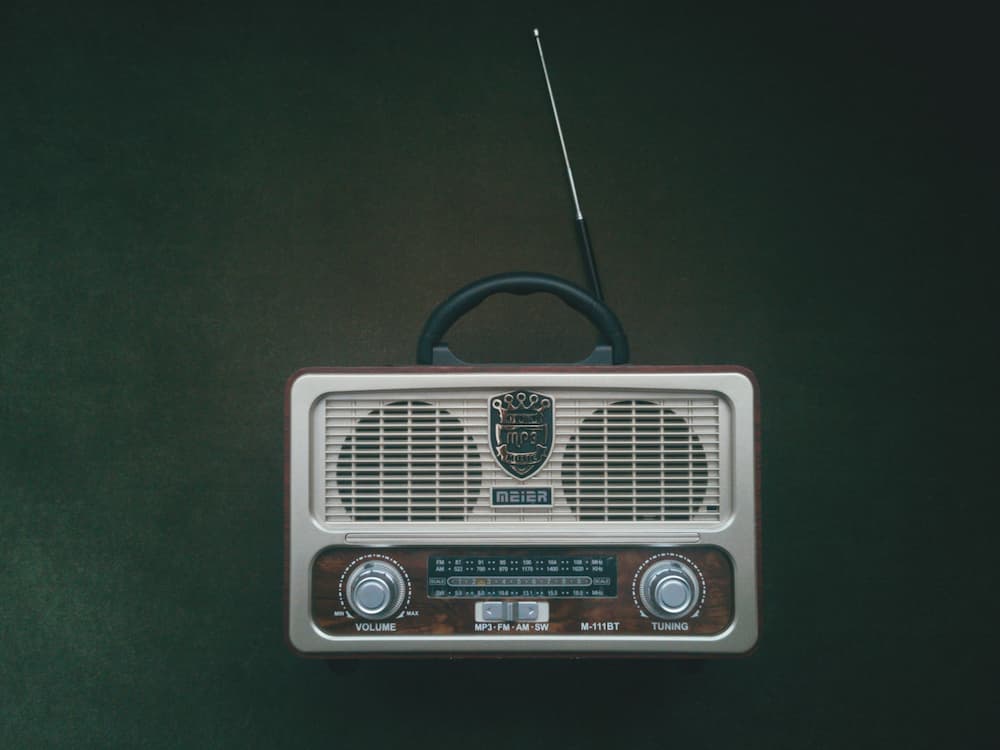Portable radios have been around for a long time. They are used to listen to music, news, and other content on the go. There are many different types of portable radios available now, but it is important to know their history in order to understand what they can do now. Portable radios were invented by John F. Mitchell in 1941 when he created the first 2-way radio that was small enough for people to carry with them during World War II (Mitchell).
The first portable radio was called the “Walkie-talkie,” which is where radios got their name (Mitchell). The Walkie-Talkies were used by soldiers during WWII. Portable radios became available for home use in 1958 when Raytheon produced a pocket transistorized radio that cost $49.95 (Transelectric).
As mentioned above, there are many different types of portable radios on the market today and they all do very different things! Some people prefer to carry around an iPod or MPlayer with them so they can listen to any type of content whenever they want through headphones rather than having it broadcast over speakers like traditional portable radios require. It is interesting how far technology has come since 1941!
Pioneer Electronics introduced it’s pocket transistor radio, model TR-001, on November 18th 1958 for $49.95 and became an instant hit. The popularity of this little device led to a line of successors that eventually included shortwave bands as well as AM/FM broadcasts, and later digital tuning capabilities such as those offered today via HD Radio technology. While they never took away from home stereos or tabletop models, these portables carried FM music programming into new corners of American culture not previously reached by radio.
Nowadays, many people own portable radios. This is not only because they are usually inexpensive and portable, but also for their convenience.
There were many different types of radios that came out throughout time with one main objective in mind which was to provide the most convenient way possible to listen to radio stations over long distances without having a wired connection. The earliest type of radios didn’t even require electricity such as crystal sets or other early wireless telegraphy systems like ship-to-shore communication based on spark gap transmitters or Morse Code beacons. These older technologies used simple wire antennas instead of modern broadcast band frequencies and had very limited range due to lack of amplification and sensitivity compared with later models introduced after World War I using vacuum tube technology.
With more advanced technologies, radios became smaller and more affordable which led to the popularization of radio broadcasts in many countries worldwide through broadcast networks that continued expanding into separate regional stations or local broadcasting with multiple transmitters covering larger areas on different frequencies. As time progressed, parts used in radios were reduced significantly such as speakers becoming smaller while incorporating new features like FM receivers (1930s), all-transistor models (1950s) combined with early microprocessors for better reception using digital signal processing techniques, LED displays instead of analog dial scales commonly seen during its golden age of transistor radios between 1960–1980 leading up to the modern compact disc players introduced by Philips at Consumer Electronics Show (CES 2017).



